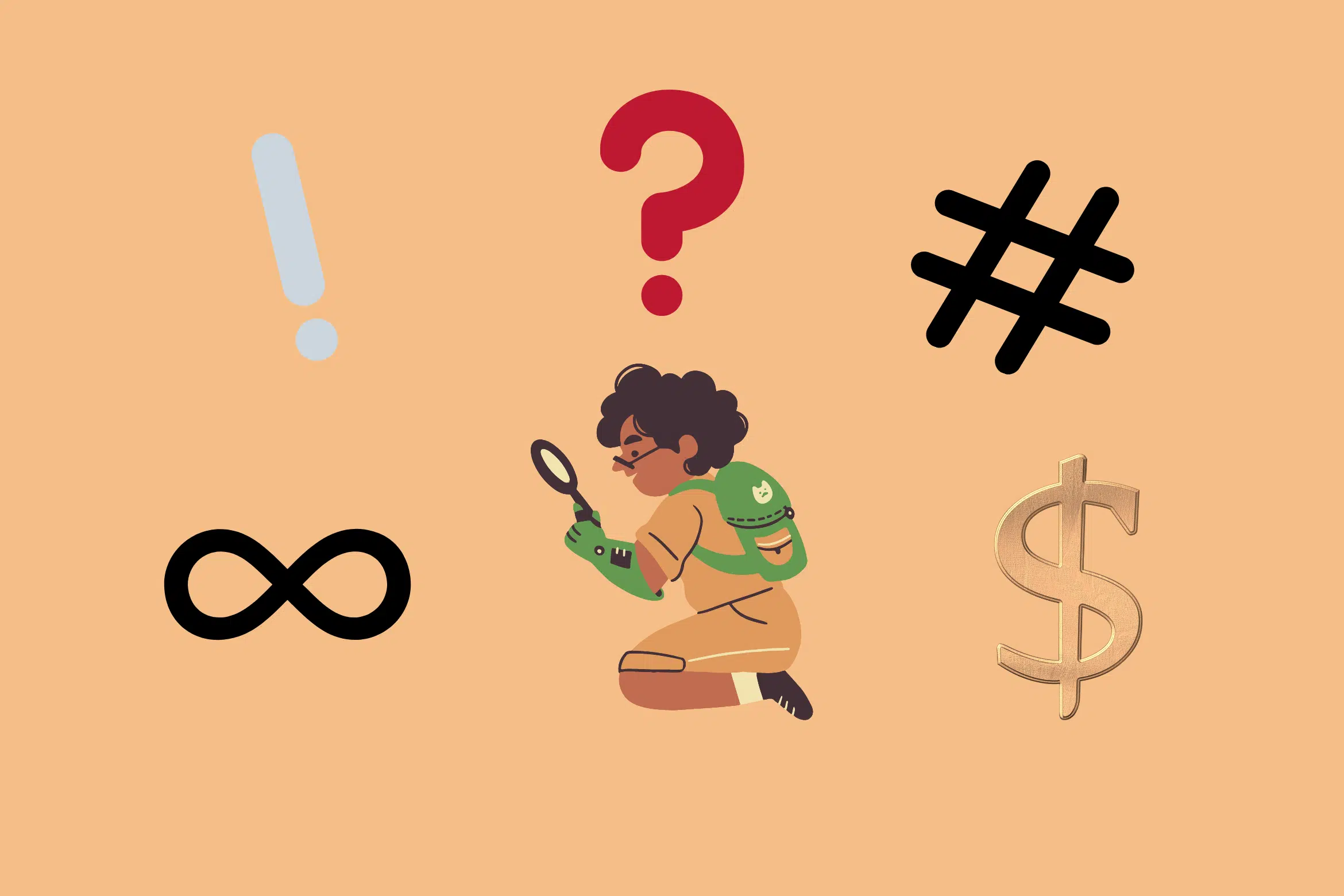

“The ampersand is all about togetherness. Think partnership, ties, and wedding rings”.
Created by the Ancient Romans, the ampersand made its debut on the walls in Pompeii. It began as a representation of the Latin word et, which translates to “and.” But this symbol is difficult to write. It wasn’t until the late 18th century that English schoolchildren began to use it as the 27th letter of the alphabet.
When children speak the English alphabet, they add “per se” before letters that can be used as words by themselves, such as A, and I. This looks like “A per se,” and “I per se” and so on.
Finally, the & symbol appears at the end of the alphabet. So they say, “…X, Y, Z, and per se and,” which changes to “…X, Y, Z, ampersand” for faster pronunciation.
Back in 1971, the American computer programmer Ray Tomlinson, known as the inventor of email, sent the first electronic message, indicating the location of the recipient with the ubiquitous symbol (@).
@ has many nicknames: Strudel (Israel), monkey tail (Denmark), little duck (Greece), dog (Russia), snail (Italy), sleeping cat (Finland), worm (Hungary), pickled herring (Czech Republic), mouse (China), and more.
There are three main theories about the origin of the @ symbol:
– It represents the Latin word “advertisement” which means “towards.”
– born from the French word “à” which means “at.”
– an abbreviation for “every in,” was first documented in 1536 in Spain. Florentine merchant Francesco Lapi sent a letter from Seville to Rome, using the @ symbol to denote a unit of wine.
The symbol is derived from the abbreviation “peso” aka “ps”, which first appeared in the 1770s when Anglo-Americans had trade relations with Spain. The name “dollar” comes from the old Bohemian currency—a thaler.
In design, the dollar symbol can represent national identity, physical currency, or even the biblical story of snakes.
The exclamation mark (!) comes from the Latin “io” which means “hurray”, which is a classic way of expressing joy and astonishment. To share strong sentiments on paper and save time writing, the letter “i” is written over the “o”.
The origin of the “hash” label is related to the stripes that military members receive for every three years of service. They are called “hash marks” and can be found on military jackets.
In the 1980s the # symbol began to be referred to as a “hash” and in 2007 Chris Messina, a former Google developer, used Twitter to suggest that people start grouping tweets or other social media posts on the same topic as a #topic. After a bit of public grumbling, the symbol took off.
Then there are “pounds”, as on a telephone keypad. Here, Latin is the root of everything again. Pound stands for “libra pondo” aka “pound of weight” in Latin. In writing, when the letters “l” and “p” are crossed, it can remind one of the # symbols.
And what’s with the “octothorpe”? This time the etymology traces back to Old Norse, a North Germanic language from the 14th century. In Old Norse, “thorpe” translates to “field” or “farm.” Add “octo” or “eight” and you have “eight fields” or “octothorpe.”
First introduced by the English mathematician John Wallis in 1655, the infinity symbol continues to be used extensively in physics, computer science, and algebra often to represent an infinite potential rather than an actually infinite quantity.
But if you dig deeper, you will find that the symbol has ancient roots and deep meaning. In India and Tibet, infinity represents dualism and perfection, the balance between opposing forces, and man and woman’s unity.
But the most ancient meaning of “infinity” refers to the Egyptian Ouroboros, the image of a snake eating its own tail—a not-so-subtle representation of the continuous cycle of death and rebirth.
However, some insist that the symbol may also have come from the Greek letter Omega: Ω.
Graphic designers unearthed this ancient symbol, using it to communicate ideas of timelessness and harmony.
There are many theories behind the origin of the heart. Said to represent:
– The necks of two interlocking swans.
– The shape of the ivy leaf, which is associated with fidelity.
– Aspects of the human body: female breasts and buttocks, torso, or even testes.
– Human heart. Aristotle described the heart as three chambers and a small dent, scientists in the Middle Ages tried to represent it in medical texts by drawing as we all do today.
The heart is one of the most used symbols, some might say overused, in graphic design. This now-ubiquitous symbol was given new life after designer Milton Glaser donated—yes, he did it for free—his I Heart NY brand to fight for 1970s NYC.
Until now, the heart symbol has become a symbol of the expression of love, favorite, favorite, and favorite.
Are all these origins true? Did you know this before reading this article? These symbols have been attached to our lives. Expressing what words cannot convey. And will continue to be used.
Source: 99design.com




